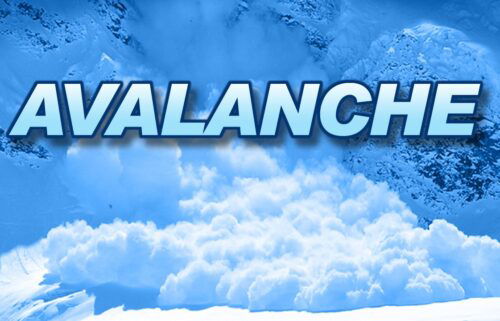Reflective moose silhouette installed in Alta to serve as reminder to give wildlife a break
JACKSON, Wyo. (KIFI) - Motorists traveling on Ski Hill Road in Alta may notice new wildlife artwork on the side the road. Earlier this month, Teton County Public Works installed a reflective moose silhouette off the road toward Grand Targhee Resort to remind motorists to slow down and be alert for wildlife on and near the roadway.
The moose silhouette was developed through Jackson Hole Public Art and local high school students, and was built and installed by artist Bland Hoke. Similar moose, deer, and elk silhouettes can be found in other wildlife vehicle collision hotspots on Wyoming Highways 390, 22, and South 89.
“We’ve placed these silhouettes in areas where its common to see wildlife on roadways, to alert motorists and remind them of wildlife on our roadways,” Teton County Public Works Project Manager Chris Colligan said. “It’s been a tough winter for wildlife, and we hope this serves as a reminder to give wildlife a break by slowing down and being aware of their presence on roadways.”
Colligan says wildlife are more likely to move to lower elevation areas during and after significant snowfall, increasing their likelihood of being on or around roadways.
“The extended forecast indicates that Teton County could experience several periods of significant snow accumulation,” Colligan said. “It’s important to be vigilant of wildlife on the move during that time.”
Colligan says December, January, and February are statistically the worst months in Teton County for wildlife-vehicle collisions. Some current hotspots for wildlife-vehicle collisions, where wildlife can be anticipated on highways with current conditions include: Broadway from Scott Lane to Pearl Street; Highway 89 South from High School Road to South Park Loop Road; Highway 22 from Emily’s Pond to Green Lane; Highway 390 from Rendezvous Park to Nethercott Lane; and North 89 from Town to the Grand Teton National Park boundary.
Drivers are encouraged to travel with caution at night, dawn, and dusk when wildlife-vehicle collisions are most likely to occur. Safe and easy driving tips for avoiding dangerous and costly collisions include:
- Drive the posted speed limit, especially at night, dawn, and dusk as these are the times when animals are most active and hardest to see.
- Know that animals are more likely to be found where rivers and creeks cross under roads or are near the road.
- Scan the edges of the road for wildlife, in addition to the road surface, and use high beams at night when there is not oncoming traffic.
- When an animal crosses the road, look for, and expect other animals to follow.
- If an impact is inevitable, do not swerve. Try to release your brakes just at the moment of impact, this will scoop the front of the car up and help prevent the animal from coming over the hood of the car.
- Watch for other motorists’ behavior. Braking and flashing lights may indicate animals on the highway.
For more information ways to help wintering wildlife, click HERE.






